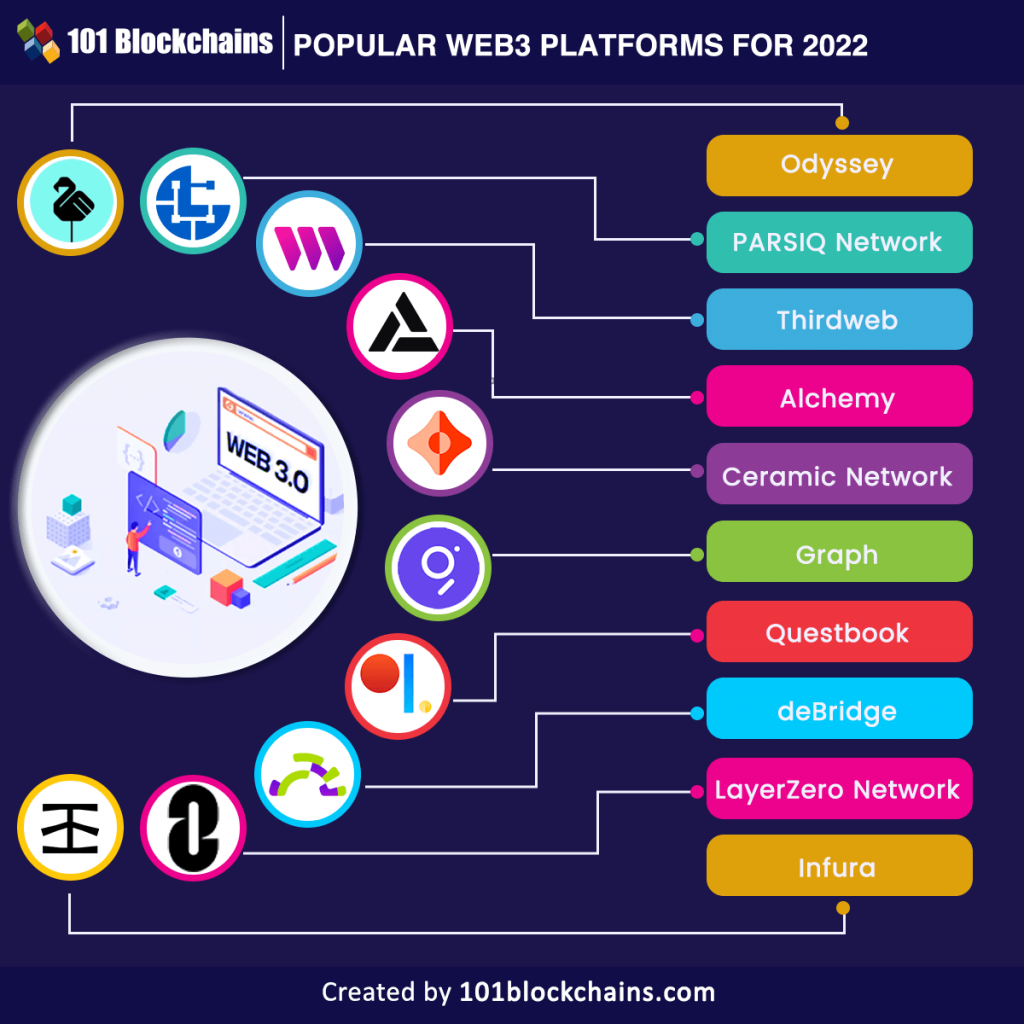
AI in Transportation: The Road to Autonomous Vehicles – Your Beginner’s Guide
Imagine a world where traffic jams are a distant memory, where cars drive themselves safely, and where goods move efficiently without human intervention. This isn’t just science fiction anymore; it’s the future being built today, powered by Artificial Intelligence (AI) in transportation.
For beginners, the world of AI and self-driving cars can seem complex, filled with technical jargon. But at its heart, it’s about smart computer systems learning to make our journeys safer, faster, and more convenient. This article will break down how AI is revolutionizing transportation, from the vehicles themselves to the very roads they travel on.
What is AI and How Does it Drive Autonomous Vehicles?
At its core, Artificial Intelligence (AI) refers to computer systems that can perform tasks that typically require human intelligence. Think of it as teaching a computer to "think" and "learn." In the context of autonomous vehicles, AI is the "brain" that allows a car to understand its surroundings, make decisions, and navigate without a human driver.
Here’s how AI powers autonomous vehicles:
- Sensors (The "Eyes" and "Ears"): Autonomous vehicles are equipped with a suite of sensors like cameras, radar, lidar (which uses lasers to measure distance), and ultrasonic sensors. These gather massive amounts of data about the vehicle’s surroundings – other cars, pedestrians, traffic lights, road signs, lane markings, and obstacles.
- Data Processing (The "Brain"): This is where AI, specifically Machine Learning (ML) and Deep Learning, comes into play. The AI system takes all the raw data from the sensors and processes it in real-time. It identifies objects, understands their movement, and creates a comprehensive 3D map of the environment around the car.
- Machine Learning: Algorithms are trained on vast datasets of real-world driving scenarios. This allows the car to "learn" patterns and predict what might happen next.
- Deep Learning (a subset of ML): Uses complex neural networks (inspired by the human brain) to recognize patterns in data, such as distinguishing a pedestrian from a lamppost or a stop sign from a billboard.
- Perception (Understanding the World): Based on the processed data, the AI creates a "perception" of the world. It answers questions like: "Is that a red light?" "Is that car slowing down?" "Is there a pedestrian crossing the street?"
- Planning (Making Decisions): Once the AI understands its surroundings, it plans the vehicle’s next actions. This involves deciding on a route, speed, lane changes, braking, and accelerating. It continuously calculates the safest and most efficient path.
- Control (Executing Actions): Finally, the AI sends commands to the car’s steering, accelerator, and brakes, executing the planned actions precisely and smoothly.
The Levels of Autonomous Driving Explained
When we talk about "self-driving cars," it’s important to understand that not all autonomous vehicles are created equal. The Society of Automotive Engineers (SAE) has defined six levels of driving automation, from no automation to full automation. This helps clarify what a vehicle can and cannot do on its own.
- Level 0: No Automation
- Definition: The human driver does everything.
- Example: Most older cars on the road today.
- Level 1: Driver Assistance
- Definition: The vehicle can assist the driver with either steering OR braking/accelerating.
- Example: Adaptive Cruise Control (maintains speed and distance from the car ahead) or Lane Keeping Assist (helps keep the car centered in its lane). The driver is still responsible for all other aspects.
- Level 2: Partial Driving Automation
- Definition: The vehicle can control both steering AND braking/accelerating simultaneously, but the human driver must remain engaged and supervise the system at all times, ready to take over.
- Example: Tesla Autopilot, GM Super Cruise, Ford BlueCruise. These systems can handle highway driving in specific conditions, but the driver’s attention is mandatory.
- Level 3: Conditional Driving Automation
- Definition: The vehicle can handle all driving tasks under specific conditions (e.g., on certain highways), and the driver does not need to monitor the environment constantly. However, the system will request the driver to take over if it encounters a situation it cannot handle. The driver must be ready to intervene within a few seconds.
- Example: Mercedes-Benz DRIVE PILOT. This is a significant jump as the driver can briefly divert attention.
- Level 4: High Driving Automation
- Definition: The vehicle can perform all driving tasks and monitor the environment under specific, limited conditions (e.g., within a defined geographic area or specific weather conditions). If the system cannot operate safely, it will pull over to a safe stop if the driver doesn’t take over. The driver is not required to be ready to intervene.
- Example: Waymo’s self-driving taxis operating in specific cities. These vehicles often operate without a safety driver.
- Level 5: Full Driving Automation
- Definition: The vehicle can perform all driving tasks under all road conditions and environmental circumstances, equivalent to a human driver. No human intervention is ever required.
- Example: This is the ultimate goal. Cars at this level might not even have steering wheels or pedals. This level is still in research and development.
Beyond Self-Driving Cars: AI’s Wider Impact on Transportation
While autonomous vehicles capture headlines, AI’s influence extends far beyond individual cars. It’s transforming the entire transportation ecosystem, making it smarter, more connected, and more efficient.
- Smart Traffic Management:
- Predictive Analytics: AI can analyze historical and real-time traffic data (from sensors, GPS, mobile phones) to predict congestion hotspots and traffic flow.
- Dynamic Traffic Lights: AI-powered traffic lights can adjust their timing in real-time based on traffic volume, reducing wait times and improving flow.
- Emergency Vehicle Prioritization: AI systems can detect approaching emergency vehicles and clear their path by changing traffic light signals.
- Logistics and Supply Chain Optimization:
- Route Optimization: AI algorithms can calculate the most efficient delivery routes for trucks and delivery vans, considering traffic, weather, and delivery schedules. This saves fuel and time.
- Fleet Management: AI monitors vehicle performance, predicts maintenance needs, and optimizes vehicle allocation for various tasks.
- Autonomous Trucks and Drones: Driverless trucks are being tested for long-haul freight, and delivery drones are emerging for last-mile delivery, especially in challenging terrains.
- Public Transportation Enhancement:
- On-Demand Services: AI optimizes routing and scheduling for ride-sharing and on-demand public transport services, providing more flexible and efficient options.
- Predictive Maintenance: AI analyzes data from trains, buses, and subways to predict when parts might fail, allowing for proactive maintenance and reducing breakdowns.
- Driverless Shuttles and Trains: Many cities already use AI-powered driverless trains (like many subway systems), and autonomous shuttles are being deployed in controlled environments.
- Smart Infrastructure and Connected Vehicles (V2X):
- Vehicle-to-Everything (V2X) Communication: AI facilitates communication between vehicles (V2V), vehicles and infrastructure (V2I), vehicles and pedestrians (V2P), and vehicles and networks (V2N). This allows cars to "talk" to each other, traffic lights, and smart roads, sharing real-time information about hazards, traffic, and road conditions.
- Digital Twins: AI helps create virtual replicas of real-world infrastructure (bridges, roads) to monitor their condition, predict wear and tear, and plan maintenance.
The Road Ahead: Benefits of AI in Transportation
The integration of AI into transportation promises a future with significant advantages for individuals, businesses, and the environment.
- Enhanced Safety:
- Reduced Human Error: The vast majority of accidents are caused by human factors like distraction, fatigue, or impairment. AI systems don’t get tired or distracted.
- Faster Reaction Times: AI can react to hazards faster than a human driver.
- 360-Degree Awareness: Sensors provide a complete view around the vehicle at all times, eliminating blind spots.
- Increased Efficiency and Reduced Congestion:
- Smoother Traffic Flow: AI-driven vehicles can communicate and coordinate, leading to optimized speeds and less stop-and-go traffic.
- Optimized Routes: AI finds the quickest and most fuel-efficient routes, reducing travel times and mileage.
- Higher Road Capacity: Autonomous vehicles can drive closer together more safely, potentially increasing the number of vehicles a road can handle.
- Greater Accessibility:
- Mobility for All: Autonomous vehicles can provide independent transportation for the elderly, people with disabilities, or those who cannot drive.
- Reduced Need for Private Car Ownership: With efficient ride-sharing and public transport, fewer people might need to own a car, reducing parking demand and urban sprawl.
- Environmental Benefits:
- Lower Emissions: Smoother driving, optimized routes, and reduced idling time lead to lower fuel consumption and greenhouse gas emissions.
- Promotion of Electric Vehicles: Autonomous technology often pairs well with electric vehicles, accelerating the shift away from fossil fuels.
- Economic Opportunities:
- New Industries and Jobs: Development, manufacturing, maintenance, and regulation of autonomous systems will create new employment opportunities.
- Cost Savings for Businesses: Logistics companies can save significantly on fuel and labor costs with optimized routes and autonomous fleets.
- Increased Productivity: Passengers in autonomous vehicles can use their travel time for work or leisure instead of focusing on driving.
Navigating the Bumps: Challenges and Considerations
While the future looks bright, the journey to fully autonomous transportation isn’t without its hurdles. Addressing these challenges is crucial for successful widespread adoption.
- Safety and Trust:
- Public Acceptance: Convincing the public that autonomous vehicles are safe is paramount, especially after any high-profile accidents.
- "Edge Cases": AI systems struggle with unusual or unpredictable situations that are difficult to program for or train on (e.g., unexpected debris, unusual weather, erratic human behavior).
- Cybersecurity: Autonomous vehicles are essentially computers on wheels, making them vulnerable to hacking and cyber-attacks that could compromise safety or privacy.
- Regulations and Ethics:
- Legal Frameworks: Laws need to be updated to define liability in case of accidents involving autonomous vehicles. Who is at fault – the manufacturer, the software developer, the owner?
- Ethical Dilemmas: In unavoidable accident scenarios, how should an AI be programmed to make life-or-death decisions? (e.g., swerve to hit a wall or another car?).
- Standardization: Developing common standards for testing, data sharing, and operation across different manufacturers and regions is essential.
- Infrastructure Requirements:
- Smart Roadways: To maximize efficiency, roads may need to be equipped with sensors, communication beacons, and charging infrastructure.
- Mapping and Data: High-definition, constantly updated maps are vital for autonomous navigation, requiring significant data collection and maintenance.
- Job Displacement:
- Impact on Drivers: The widespread adoption of autonomous vehicles could lead to job losses for professional drivers (truckers, taxi drivers, bus drivers). Society needs to plan for retraining and new opportunities.
- Cost:
- High Development and Manufacturing Costs: The advanced sensors, computing power, and software make autonomous vehicles currently very expensive, limiting widespread adoption.
- Infrastructure Investment: Upgrading existing infrastructure to support AI-driven transportation will require massive investment.
The Future is Now (and Getting Closer)
AI in transportation is not just a concept for tomorrow; it’s actively shaping our present. From the advanced driver-assistance systems in new cars to pilot programs for driverless taxis and delivery robots, AI is steadily paving the road to a more efficient, safer, and accessible transportation future.
While challenges remain, ongoing research, technological advancements, and collaborative efforts between governments, industry, and academia are continuously pushing the boundaries. The journey to fully autonomous vehicles and truly smart transportation systems is a marathon, not a sprint, but with AI as our co-pilot, the destination looks incredibly promising. Get ready to experience the future of motion!



Post Comment